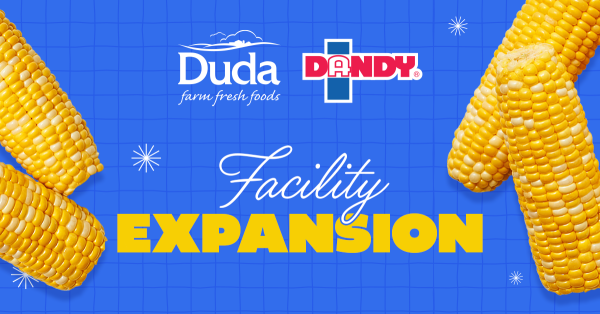
Copefrut Creates and Implements New Material Recyclability Index; María José Castillo and Daniela Quiroga Explain
SANTIAGO, CHILE - More than ever before, shoppers are paying close attention to the environmentally friendliness of the products they are adding to their baskets. In an effort to understand and drive forward packaging sustainability, Copefrut has developed and implemented a Material Recyclability Index to measure the capacity of packaging to be integrated into recycling flows.
 “We understand that sustainability is no longer an option, but rather an issue that we must develop for the good of our customers, our employees, and the planet,” said María José Castillo, Copefrut’s Supply Manager. She went on to say that the new Index will help the company to “evaluate and analyze the percentage of recyclability of each of our materials and therefore make strategic decisions that push retail, the market and the industry, in terms of their efforts together with their suppliers and clients.”
“We understand that sustainability is no longer an option, but rather an issue that we must develop for the good of our customers, our employees, and the planet,” said María José Castillo, Copefrut’s Supply Manager. She went on to say that the new Index will help the company to “evaluate and analyze the percentage of recyclability of each of our materials and therefore make strategic decisions that push retail, the market and the industry, in terms of their efforts together with their suppliers and clients.”
Increasingly, sustainable packaging is replacing traditional packaging as consumers have requested it and companies across the sector have made commitments to improve their practices. According to a press release, Copefrut has continued to strive for innovation on this front, facing the model shift in the fruit industry, and this new Material Recyclability Index will help further improvements.
 “This quantifies the recyclability of packaging, considering not only what type of materials are being used, but also how they affect the products (inks, glues, waxes) that are applied to it and what is the effective probability of recycling in the different countries to which the materials are being sent,” explained Daniela Quiroga, Project Engineer of Dictuc’s GreenLab Research Center at the Catholic University of Chile, regarding the index. “It is of no use for a material to be optimal for recycling if there is no technology or the necessary incentive for it to be recycled.”
“This quantifies the recyclability of packaging, considering not only what type of materials are being used, but also how they affect the products (inks, glues, waxes) that are applied to it and what is the effective probability of recycling in the different countries to which the materials are being sent,” explained Daniela Quiroga, Project Engineer of Dictuc’s GreenLab Research Center at the Catholic University of Chile, regarding the index. “It is of no use for a material to be optimal for recycling if there is no technology or the necessary incentive for it to be recycled.”
According to the World Health Organization, as explained in the company’s release, for packaging to be considered sustainable it must use “the lowest amount of materials and only essential packaging; less volume and weight; less use of plastic; sustainable life cycle from manufacturing to transport, through subsequent recycling, energy, and water used; reusability; low impact on workers’ health; and materials that do not include chemicals dangerous to human or animal health.”

Overall, plastic is one of the largest remnants of the fresh produce industry and appears in various processes throughout the supply chain. Although progress has been made and technologies implemented to make packaging more eco-friendly, there are still changes to be made in Copefrut’s eyes.
Making changes across its own packaging, the fresh supplier offers not only oxo-biodegradable bags, Macro-Plastic Bins, Pallet Chep,100 percent recyclable boxes and corner pieces, and more, but this year managed the packaging of two containers with 100 percent compostable bags made from sugar cane.

“Plastics with these characteristics can be converted into organic fertilizer, also known as compost, and its main characteristic is that at least 90 percent of the material degrades in a maximum period of six months, thus managing the end of the product’s life with a circular approach,” Castillo added.
The packaging development came with help from German supplier Bio4pack, which together with a multidisciplinary team from Copefrut used the technology to pack organic apples.
Copefrut’s innovative play is one of the first actions to be evaluated by the Recyclability Index, elaborated by the advice of Dictuc. The substitution materials helped to increase the recyclability of each individual sale by 1.4 percent, having a significant impact on the total recyclability of the company as format sales increase.

“Copefrut is taking charge of making a complete analysis, both of the recyclability—which by their nature the materials that are being used already have—and of the existence of the necessary channels for their recycling at the destination,” continued Quiroga. “The use and analysis of this indicator will make it easier for the company to identify where it has to put efforts to improve the recyclability of its packaging, significantly increasing the probability that they will be recycled, and efficiently and effectively approaching its sustainability objectives.”
How will Copefrut’s Material’s Recyclability Index drive growth in sustainability across the fresh produce industry? Keep a page open for AndNowUKnow for the answers.



















